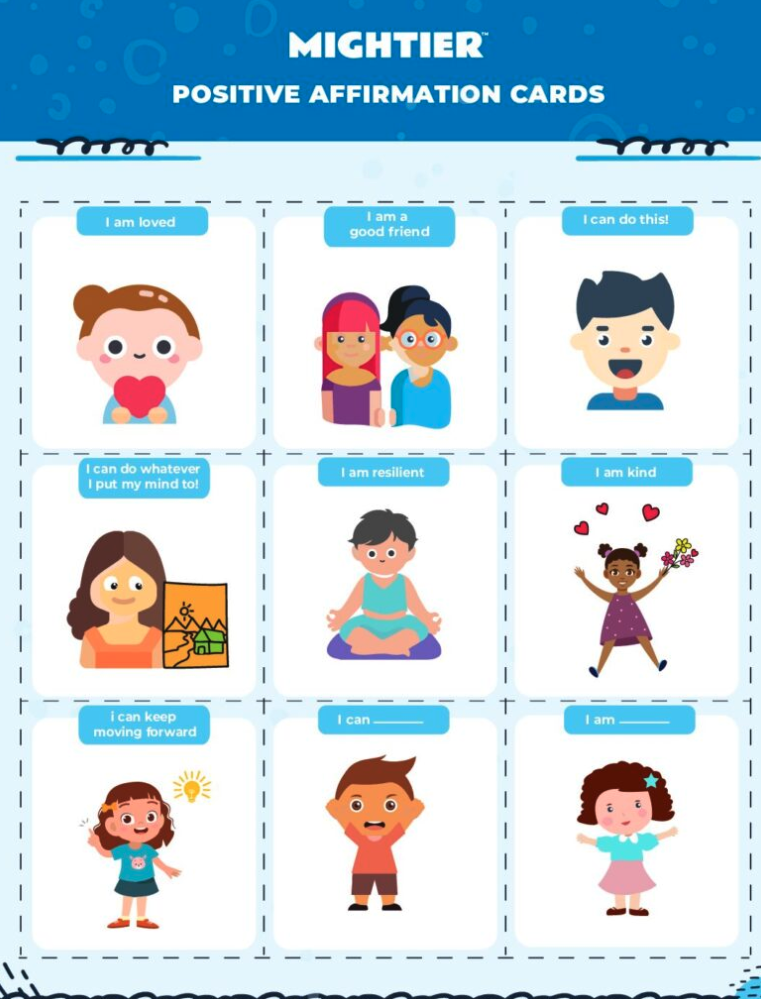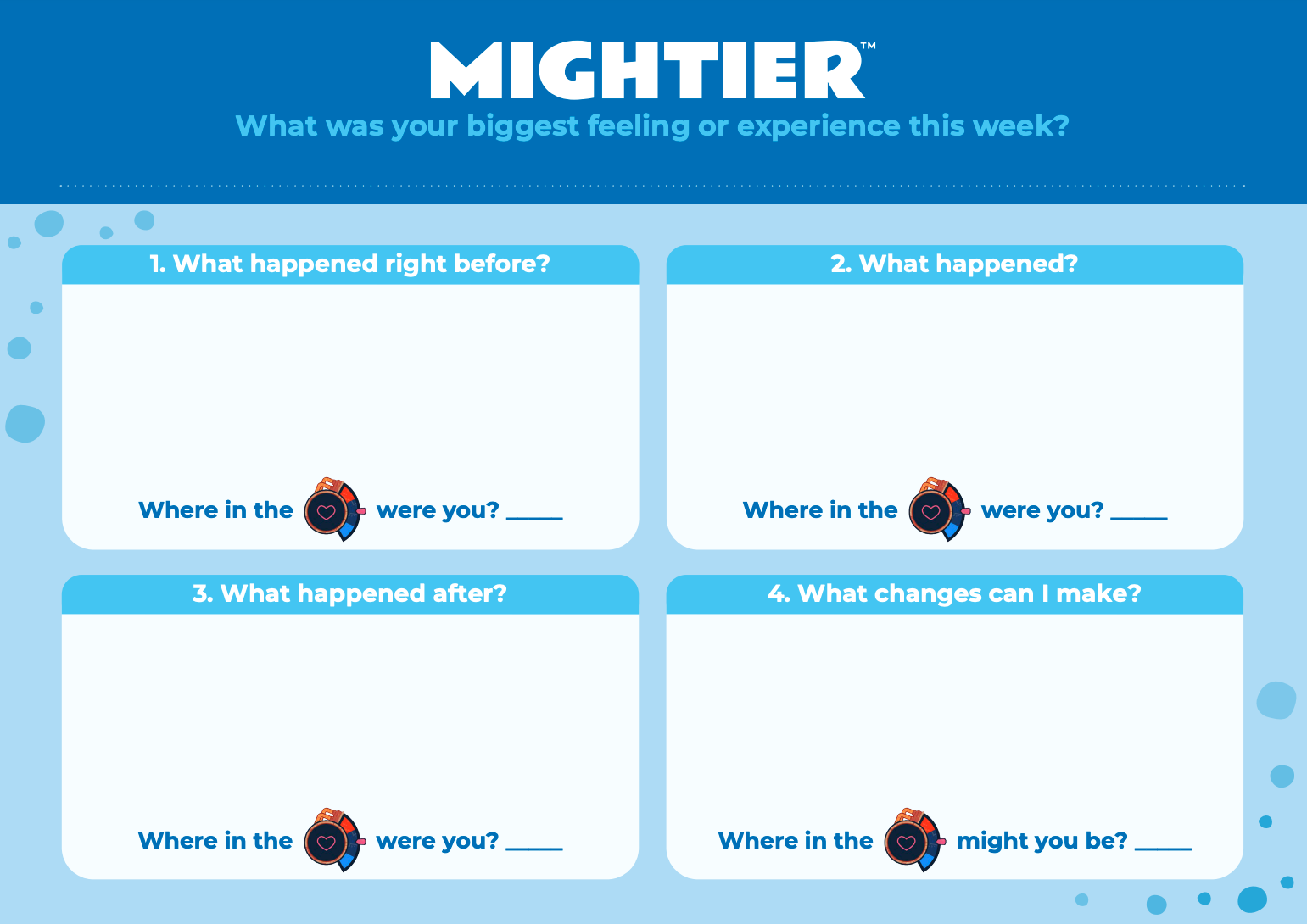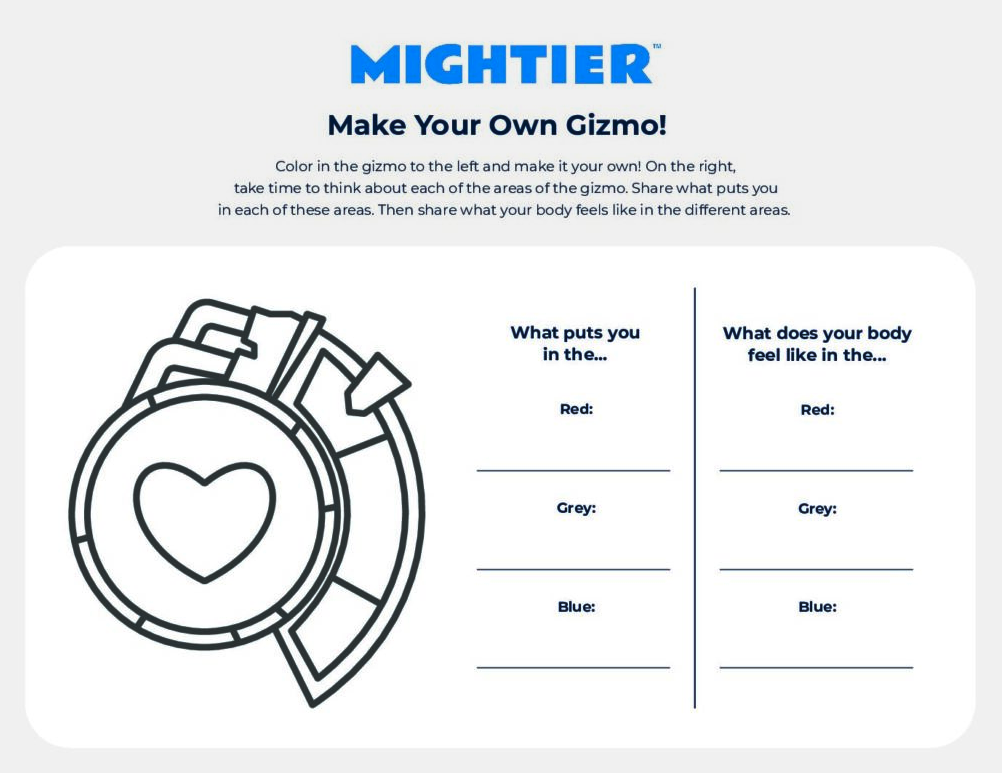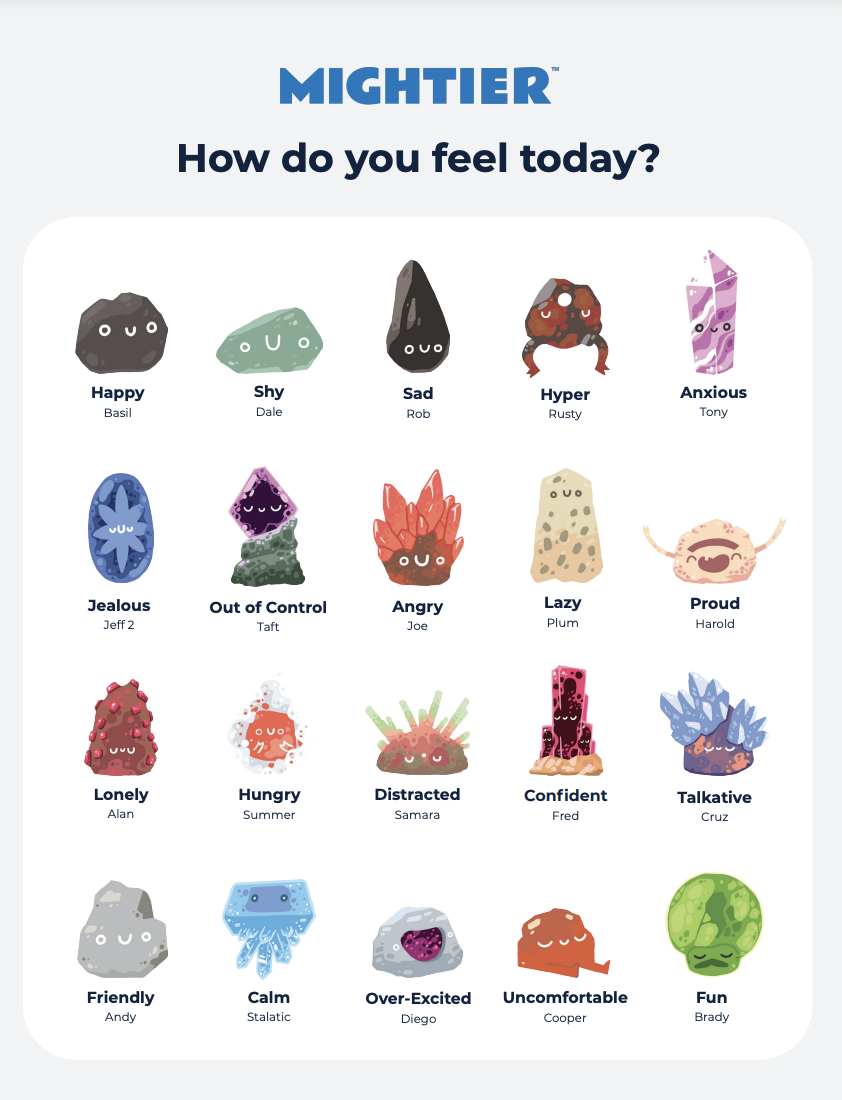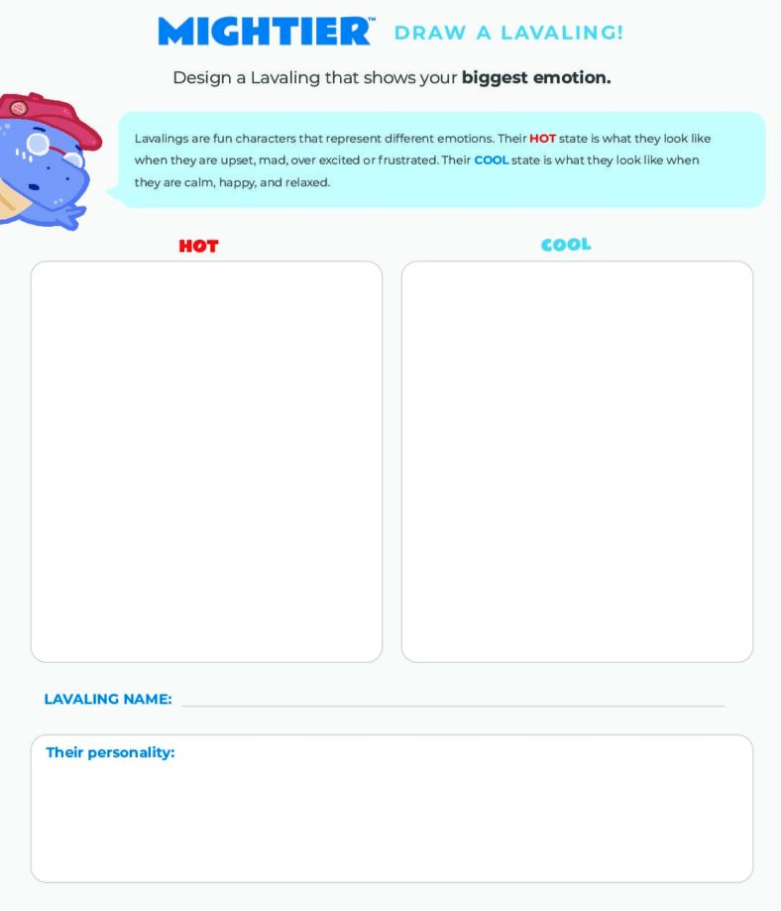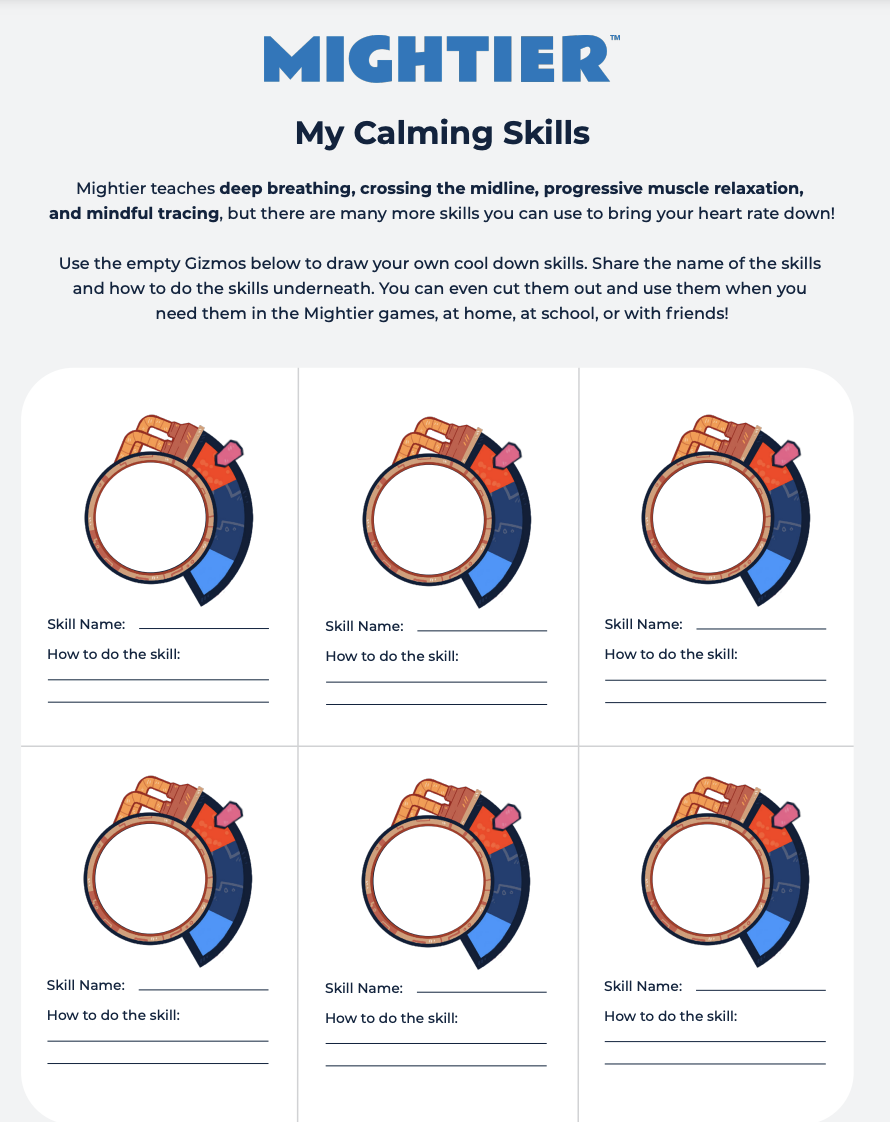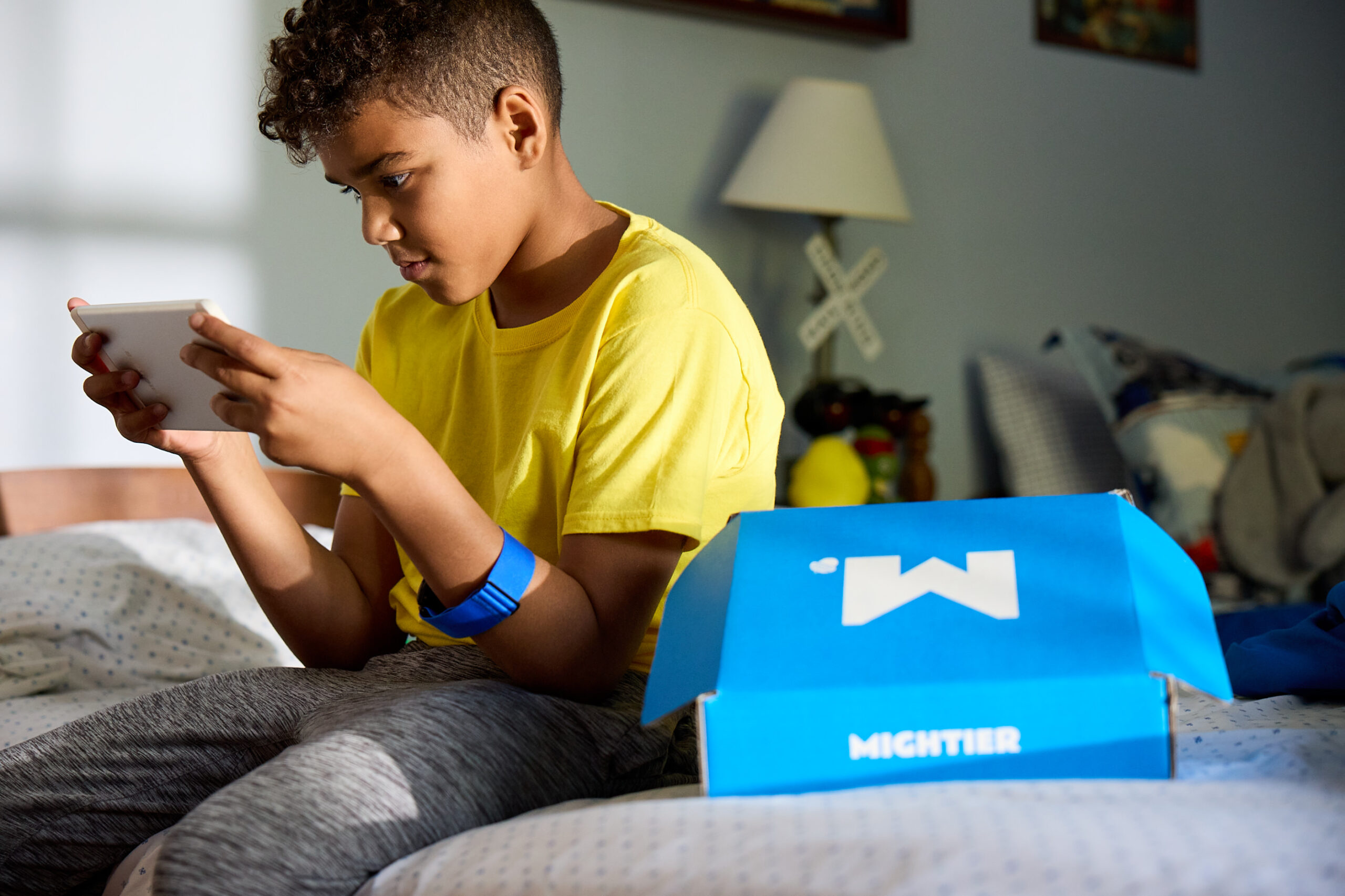- 5 to 10 minutes
- In person
- Teletherapy
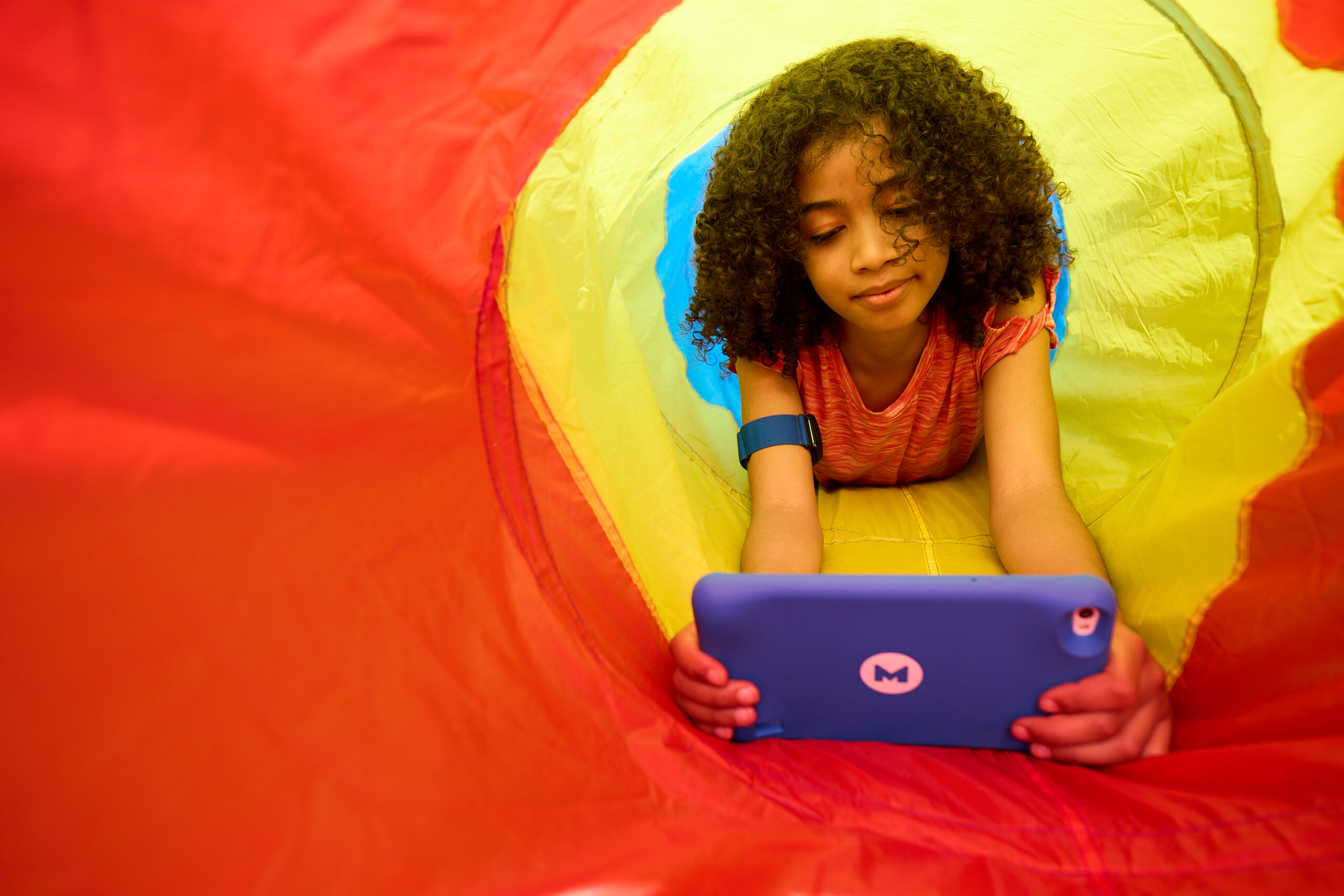
Overview
Use this activity to celebrate accomplishments in Mightier games to help clients build self-confidence and to encourage conversation around game play routine.
Time in Mightier program
Weeks 1+
Therapeutic Goals
- Develop emotional awareness
- Increase emotional vocabulary
- Practice self-reflection
- Practice positive self-talk and growth mindset
- Practice communication and social skills
- Support client’s understanding and enjoyment of Mightier
Documentation Suggestion
Client and clinician engaged in a strength-based intervention to build self-confidence and to encourage conversation using Mightier biofeedback tool’s language. This intervention helped the client to develop emotional awareness, increase their emotional vocabulary, practice self-reflection, and practice social skills.
Step-by-step instructions
- Tell your client that you are looking to learn more about how they used Mightier in the past week. Use the below questions to encourage conversation or make up your own. These should be focused on in-game accomplishments.
- What were the top 3 accomplishments you made while playing Mightier this week?
- What was the best level you got to in your favorite game this week? What helped you to get to that level?
- What were your 3 favorite games this week? Why?
- What were your favorite Lavalings you collected this week? Why?
- What were the top 3 feelings you felt while playing Mightier this week?
- What is something you learned from Mightier this week?
- What skill did you use the most this week? How did it work out for you?
- What is something you could teach me this week to help me get better at playing Mightier?
- Ask follow up questions and take a learning perspective while engaging in this intervention. Remember it is okay to not know everything about Mightier and to learn with the client.
